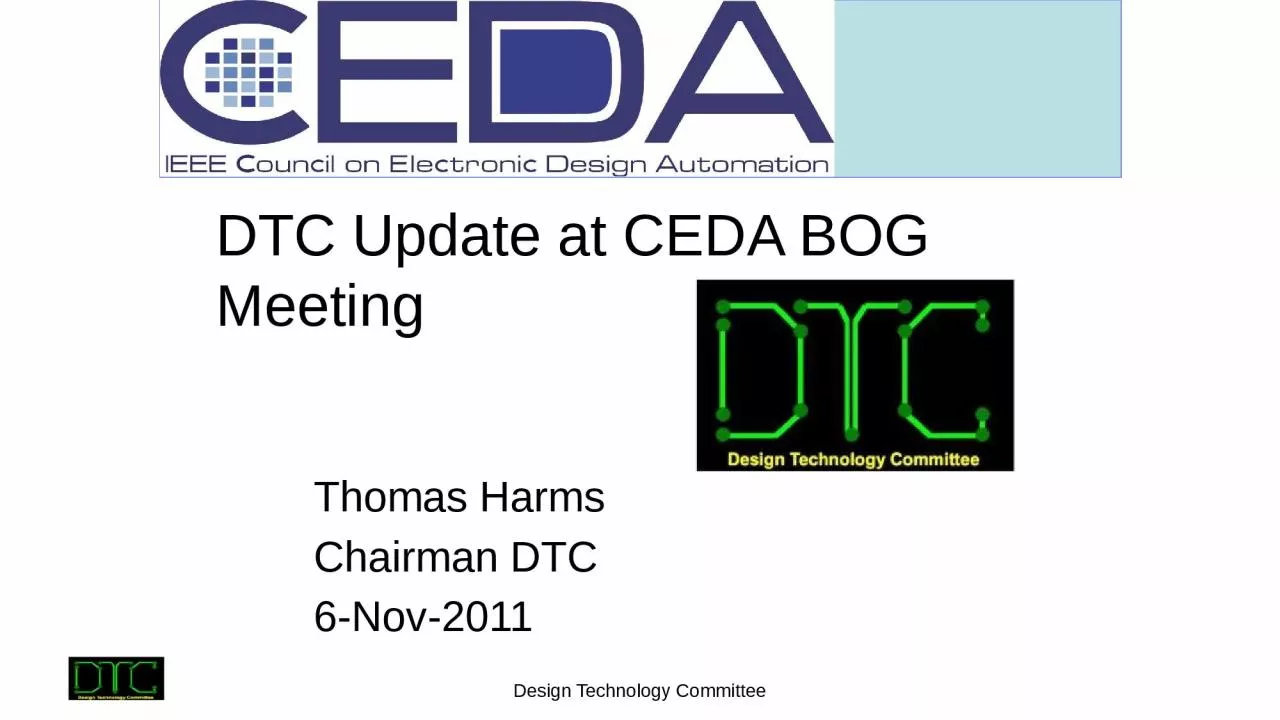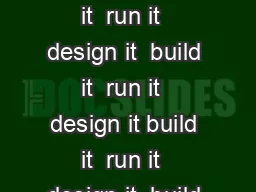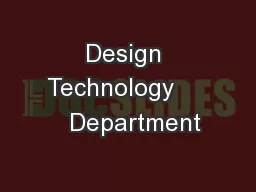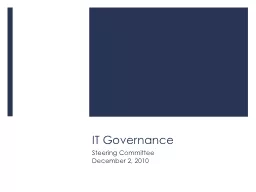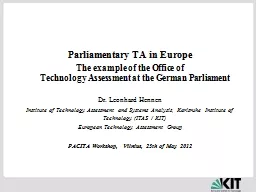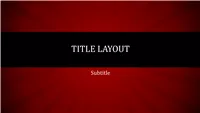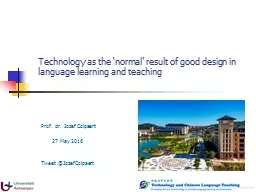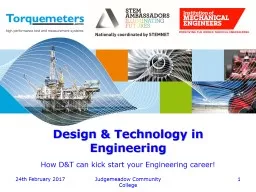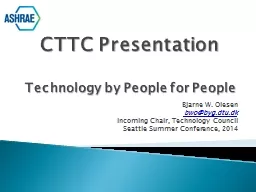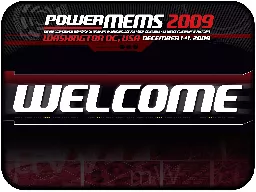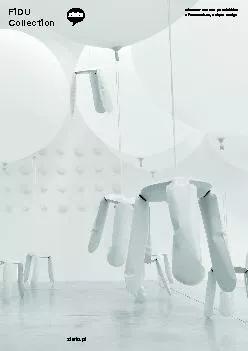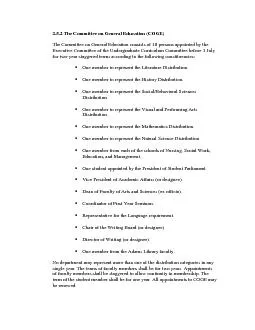PPT-Design Technology Committee
Author : okelly | Published Date : 2024-02-09
DTC Update at CEDA BOG Meeting Thomas Harms Chairman DTC 6Nov2011 DTC Status Update Over the past 12 months the DTC worked with EDA vendors in 2 study groups to
Presentation Embed Code
Download Presentation
Download Presentation The PPT/PDF document "Design Technology Committee" is the property of its rightful owner. Permission is granted to download and print the materials on this website for personal, non-commercial use only, and to display it on your personal computer provided you do not modify the materials and that you retain all copyright notices contained in the materials. By downloading content from our website, you accept the terms of this agreement.
Design Technology Committee: Transcript
Download Rules Of Document
"Design Technology Committee"The content belongs to its owner. You may download and print it for personal use, without modification, and keep all copyright notices. By downloading, you agree to these terms.
Related Documents

